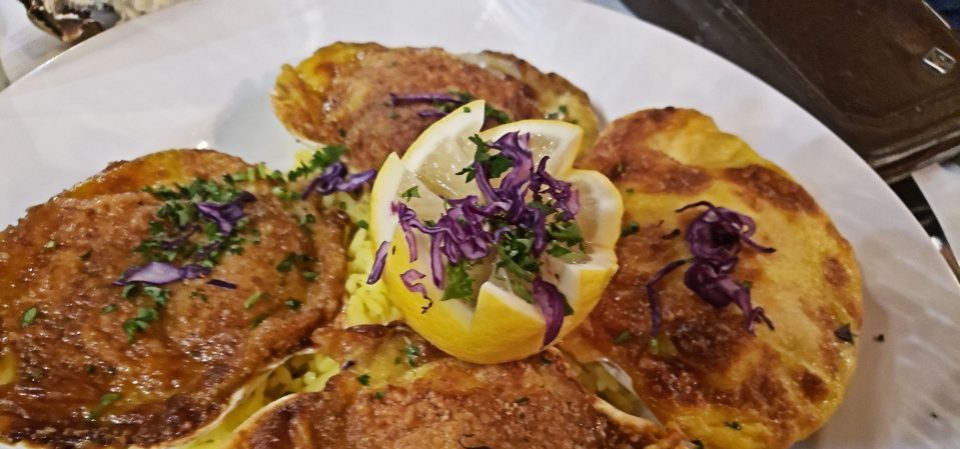Tags

I keep getting questions about what are the differences between sauteing braising. It’s not that they are difficult to do, just different techniques and different foods for different cooking styles. Here3 is some information that I found that maybe, I hope, answer your questions.
Difference between Sautéing and Braising
Sautéing and braising are two different cooking methods. Sautéing involves cooking food quickly in a small amount of oil or fat over high heat. On the other hand, braising involves cooking food slowly in a covered pot with some liquid. Sautéing is used for cooking small pieces of food, while braising is ideal for tougher cuts of meat or root vegetables.
Sautéing and braising are two distinct cooking techniques with different purposes and methods. Here’s a brief explanation of each:
Sautéing:
Purpose: Sautéing is a quick cooking method used to cook small, bite-sized pieces of food over high heat.
Method: Food is typically cooked in a shallow pan with a small amount of oil or fat. The high heat quickly browns the exterior of the food while maintaining its internal moisture.
Examples: Sautéing is commonly used for vegetables, meat, or seafood. It’s ideal for cooking foods that don’t require a long cooking time.
Braising:
Purpose: Braising is a slow cooking method used for tougher cuts of meat to tenderize them and develop rich flavors.
Method: Food is first browned in a pan, similar to sauteing, and then it’s transferred to a pot with liquid (such as broth or wine). The pot is covered, and the food is cooked at a lower temperature for an extended period, allowing it to become tender.
Examples: Braising is often used for meats like beef brisket, lamb shanks, or pork shoulder. It’s suitable for cuts that require longer cooking times to break down collagen and connective tissues.
In summary, sautéing is a quick, high-heat cooking method suitable for smaller pieces of food, while braising is a slower method that involves browning and then simmering food in liquid, commonly used for tougher cuts of meat.
